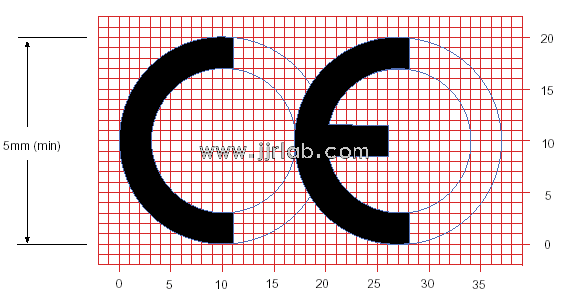
Electronic and Electrical Products CE Certification Standards
The CE certification standards and processes for electronic and electrical products can be divided into the following key steps. CE certification ensures that products comply with the safety, health, and environmental protection requirements of the European Union.

Identify Applicable Directives and Standards
Electronic and electrical products typically need to comply with the following main directives and standards:
1.1. low voltage directive (LVD, 2014/35/EU): Applies to electrical equipment with a rated voltage between 50V to 1000V AC and 75V to 1500V DC.
1.2. Electromagnetic Compatibility Directive (EMC, 2014/30/EU): Ensures equipment does not generate excessive electromagnetic interference and is sufficiently resistant to it.
1.3. RoHS Directive (2011/65/EU): Restricts the use of certain hazardous substances.
1.4. Other Relevant Directives: Such as the Radio Equipment Directive (RED, 2014/53/EU).
Product Testing and Evaluation
Conduct testing and evaluation of the product according to the applicable directives:
2.1. Internal Testing: Manufacturers can conduct pre-assessments internally.
2.2. External Testing: Formal testing through third-party laboratories, especially when specific equipment and expertise are required.
Technical Documentation
Prepare and organize technical documentation, typically including:
3.1. Product Description
3.2. Design and Manufacturing Drawings
3.3. Electrical Schematics
3.4. Risk Assessment Analysis
3.5. Applicable EU Standards
3.6. Test Reports
3.7. User Manuals and Safety Information
Determine the Route of Conformity Assessment
Select the appropriate route of conformity assessment based on the product's complexity and risk level:
4.1. Self-Declaration: Applies to low-risk products, where manufacturers can assess conformity themselves.
4.2. Notified Body Involvement: High-risk products typically require assessment and certification by an EU Notified Body.
Conformity Assessment and Testing
5.1. Self-Assessment: If applicable, manufacturers assess the product's conformity based on technical documentation and test resULts.
5.2. Notified Body Assessment: If needed, engage a Notified Body for assessment and testing to obtain corresponding certificates and reports.
Sign the Declaration of Conformity (DoC)
Manufacturers sign the EU Declaration of Conformity, confirming that the product complies with all relevant directives and standards.
Affix the CE Mark
Affix the CE mark to the product, ensuring it meets the specified size and format.
Maintain Technical Files
Manufacturers must keep technical files for at least 10 years, ready for inspection by EU market surveillance authorities.
Continuous Compliance
Ensure the product continues to comply with CE certification requirements throughout its lifecycle, including regular updates to technical documentation and quality control.
Obtaining CE certification for electronic and electrical products is a systematic process requiring manufacturers to have a detailed understanding of applicable directives and standards, conduct rigorous testing and evaluation, prepare comprehensive technical documentation, and maintain long-term compliance. By following these steps, products can smoothly enter the EU market and comply with safety, health, and environmental protection requirements.
Email:hello@jjrlab.com
Write your message here and send it to us
 WEEE Registration for Waste Electrical &Electr
WEEE Registration for Waste Electrical &Electr
 MSDS Chemical Safety Testing
MSDS Chemical Safety Testing
 What Are the Differences Between UK REACH and EU R
What Are the Differences Between UK REACH and EU R
 E-Cigarette GB 41700 Compliance Testing
E-Cigarette GB 41700 Compliance Testing
 What Are the Testing Items of California Propositi
What Are the Testing Items of California Propositi
 E-Cigarette EU TPD Testing
E-Cigarette EU TPD Testing
 Testing Certification for E-cigarettes Exported to
Testing Certification for E-cigarettes Exported to
 What is Amazon US CPC Certification?
What is Amazon US CPC Certification?
Leave us a message
24-hour online customer service at any time to respond, so that you worry!




